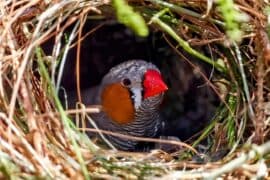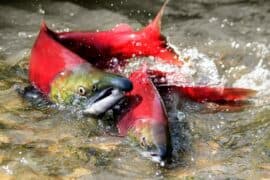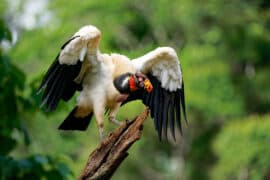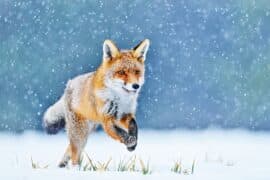Horned-face bee
(Osmia cornifrons)
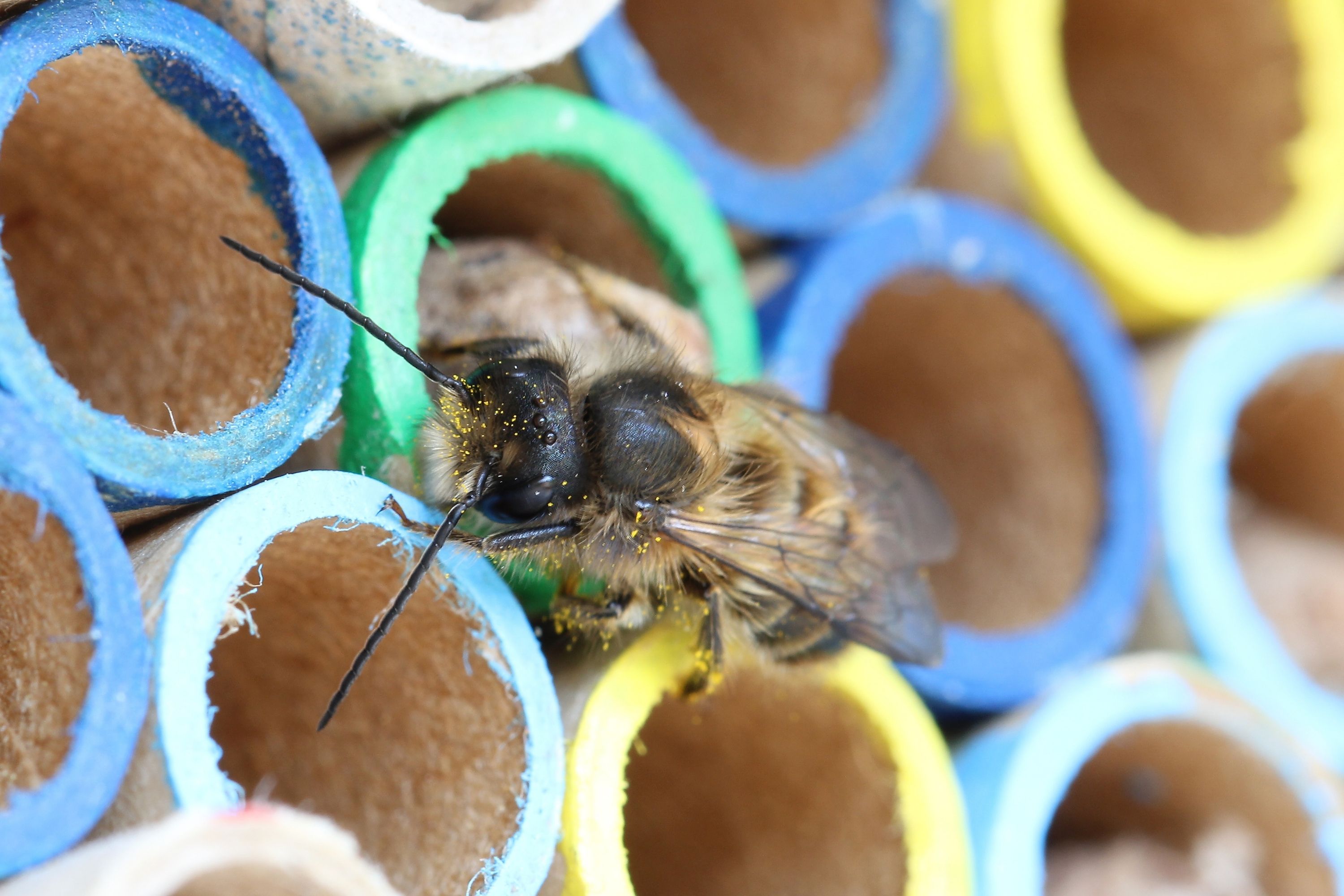
Description
Osmia cornifrons, also known as the horned-face bee, are solitary bees indigenous to Northern Asia. Physically, this species of bee is recognized for its horn-like extensions originating from its lower face. Populations of O. cornifrons have been recorded in multiple locations, including Japan, Korea, China, and Russia. O. cornifrons are more docile as compared to other species of bees and are less prone to sting when aggravated. O. cornifrons was first introduced in Japan in the 1940s and were managed for crop pollination. Over a 50-year time period, use of O. cornifrons gradually increased until more than half of the apple orchards in Japan utilized this species. In 1977, O. cornifrons was introduced in the northeastern United States in an attempt to increase pollination productivity of fruit crops. This species was reintroduced multiple times during the following years. This species of bee has been utilized for its effectiveness in pollinating flowers at a rapid rate. A single bee can visit up to 2,500 flowers a day and will spend 4-8 minutes per flower. Osmia cornifrons has a high flower constancy, signifying that the bee will return to the same species of flower. Both males and females will create a nest within 130 meters of a crop field; however, nest locations have been noted to exceed this distance; some being situated 700 meters away. It is a diurnal species that is most active between 6AM-8PM, depending on the location of the sun. They will avoid foraging during raining spells, as they are not well suited to fly in that type of weather. O. cornifrons is more adept to humid environments and performs optimally in regions that have consistent humidity, however, are capable of functioning in cooler environments. This ability to perform in a wide range of environmental temperatures makes them highly valued bees for crop pollination as well as making them more effective pollinators than honeybees. O. cornifrons have relatively short adult life spans and spend most of their time undergoing development. Life cycles can be broken up into six different stages, including: spring incubation, pre-nesting, nesting, development, prewintering, and wintering. Male and female emergence times are dependent on weather conditions during spring incubation and wintering periods. The wintering period is when bees are enclosed in cocoons to decrease exposure to cold temperatures.
Taxonomic tree:

